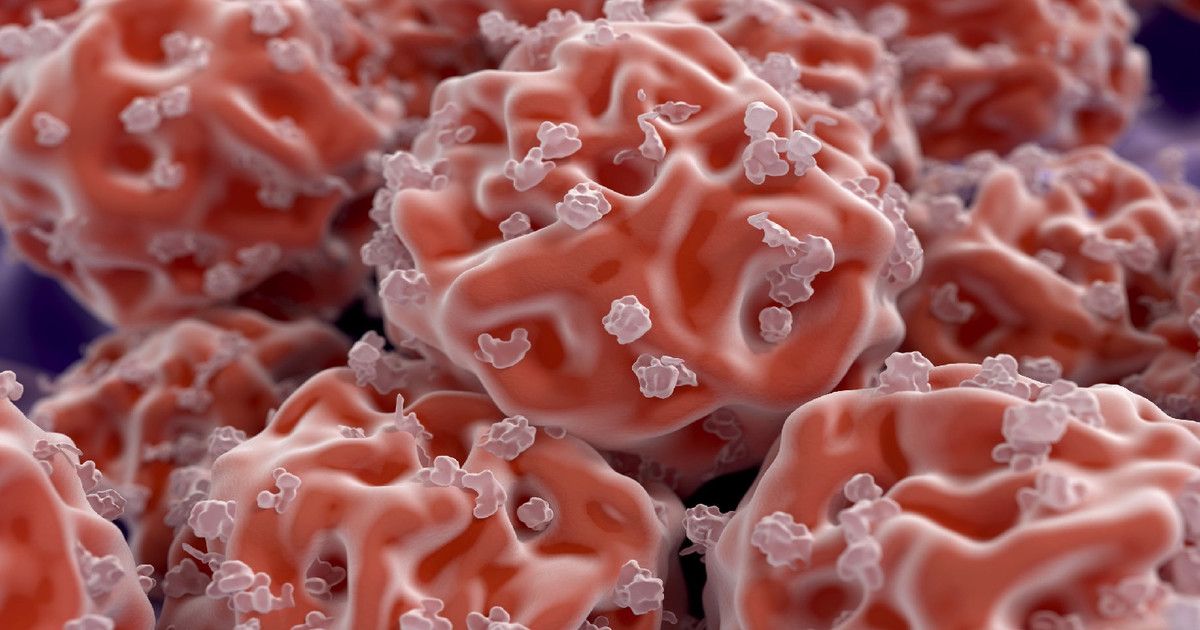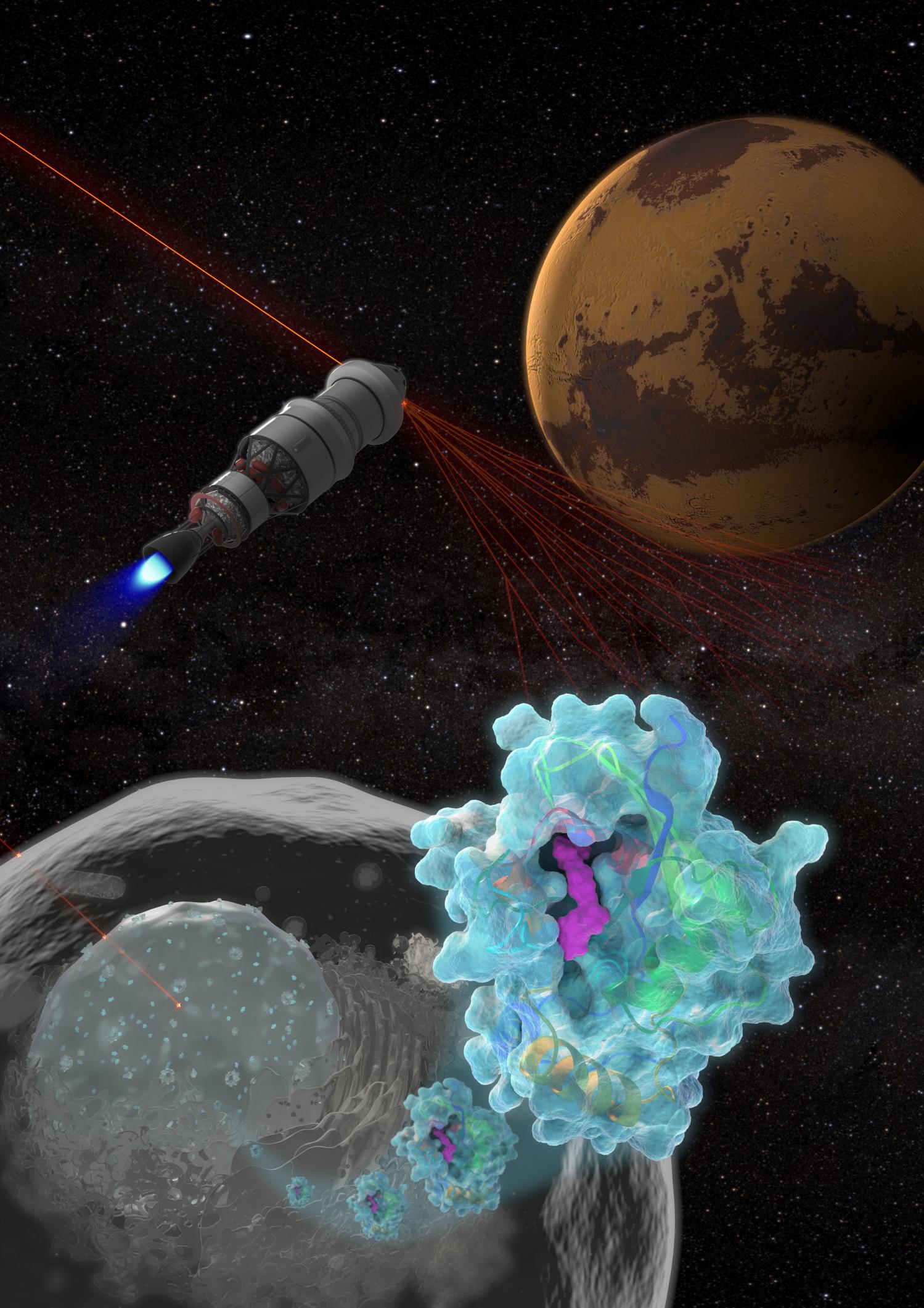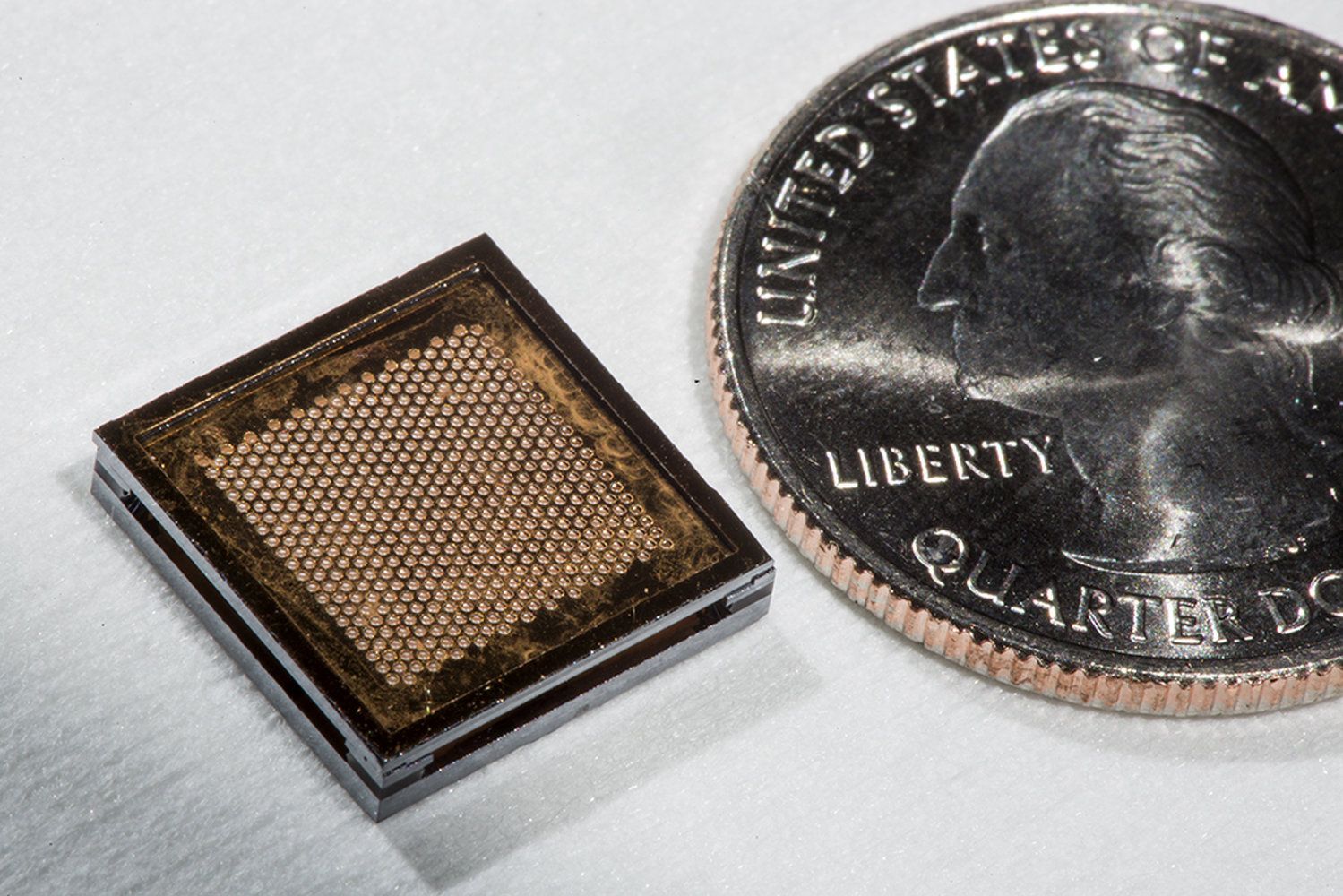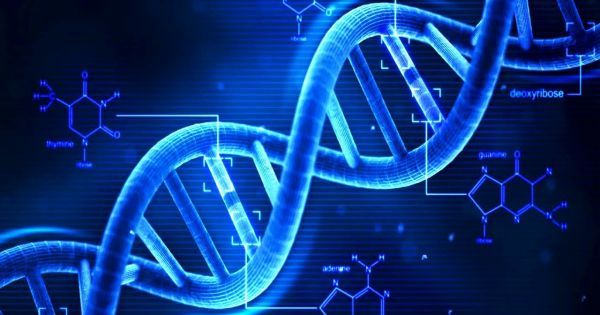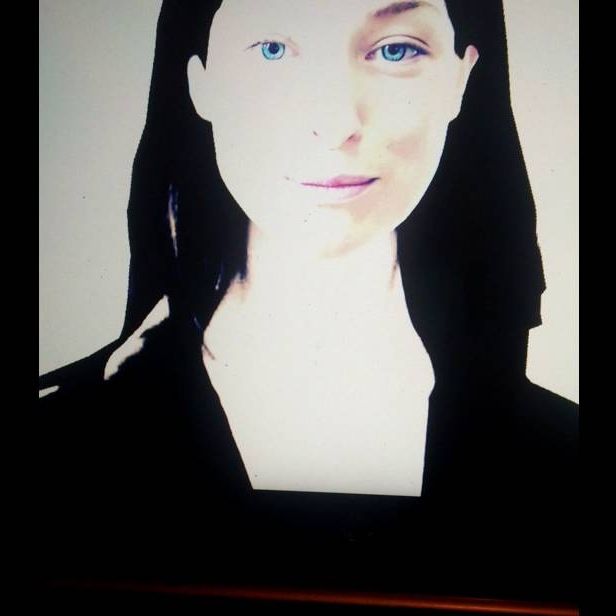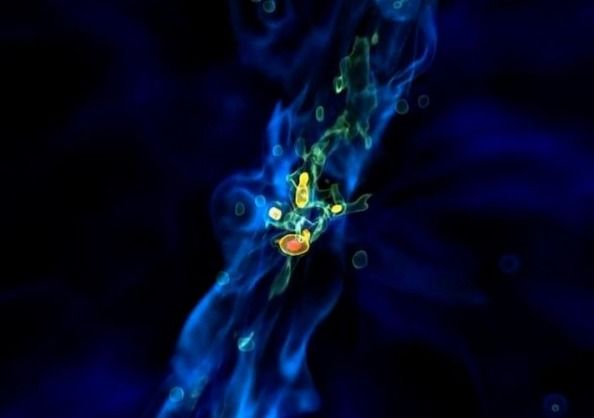Mar 23, 2017
Scientists may have found a way to make old blood stem cells act young again
Posted by Shane Hinshaw in categories: biotech/medical, life extension
Scientists in Germany have discovered a protein that can prompt the body’s blood stem cells to act young again, potentially reversing some of the bad aspects of the aging process.
The suggestion that young blood may be the key to reversing some of the negative aspects of aging sounds like the setup to a horror movie. In reality, however, it refers to some groundbreaking work being carried out by scientists at the University of Ulm in Germany.
They’ve been examining the ways that old blood can be made young again, and they hypothesize that it might help fight some of the effects of aging. To achieve this, they’ve discovered a protein capable of boosting blood stem cells, which prompt them to act like the stem cells of younger people.
